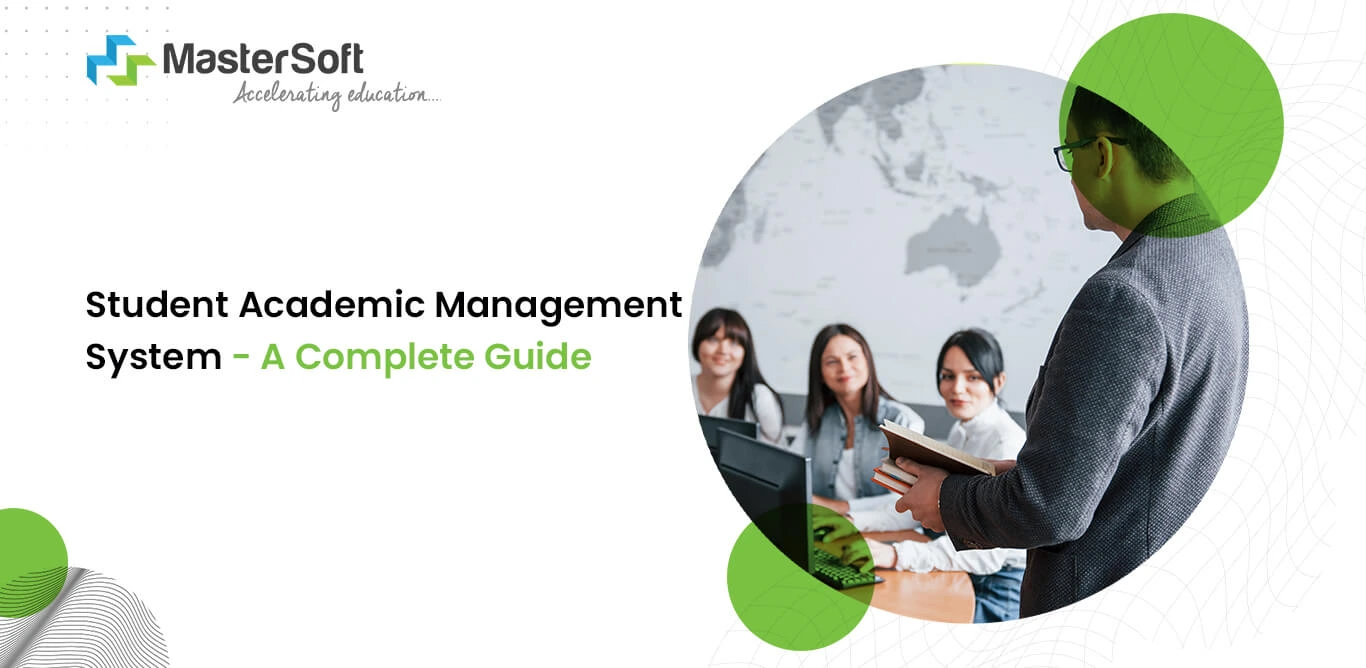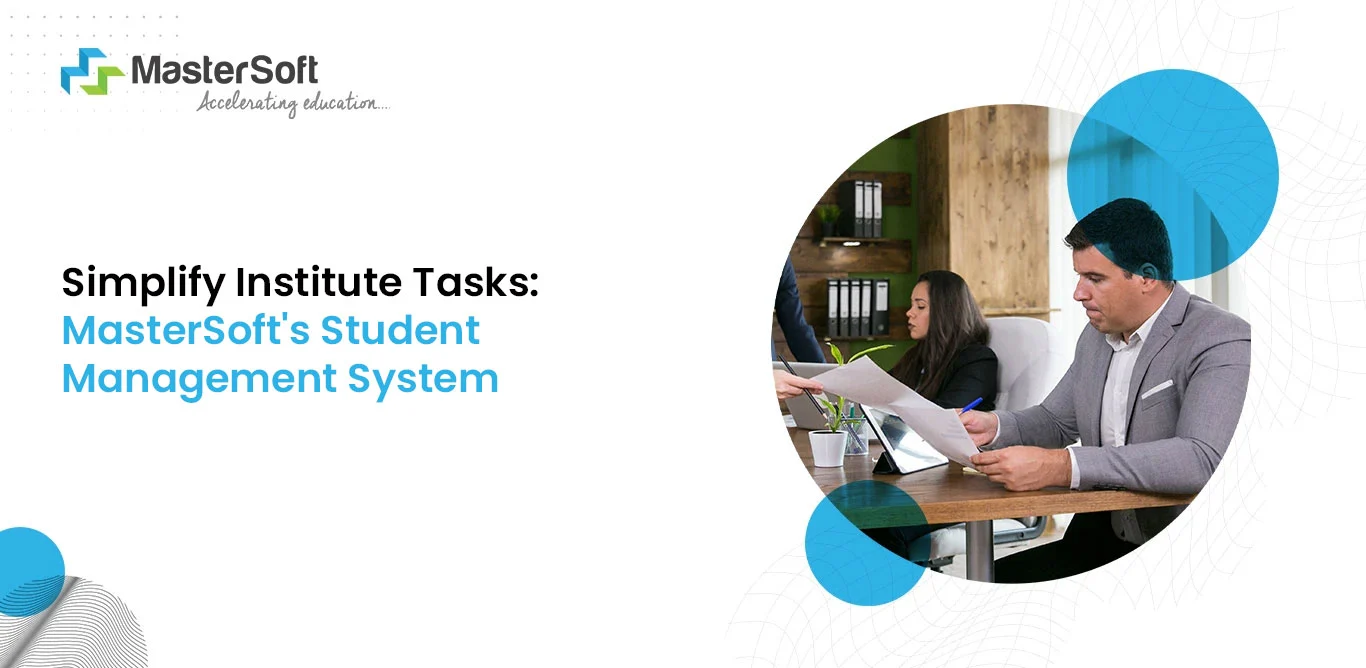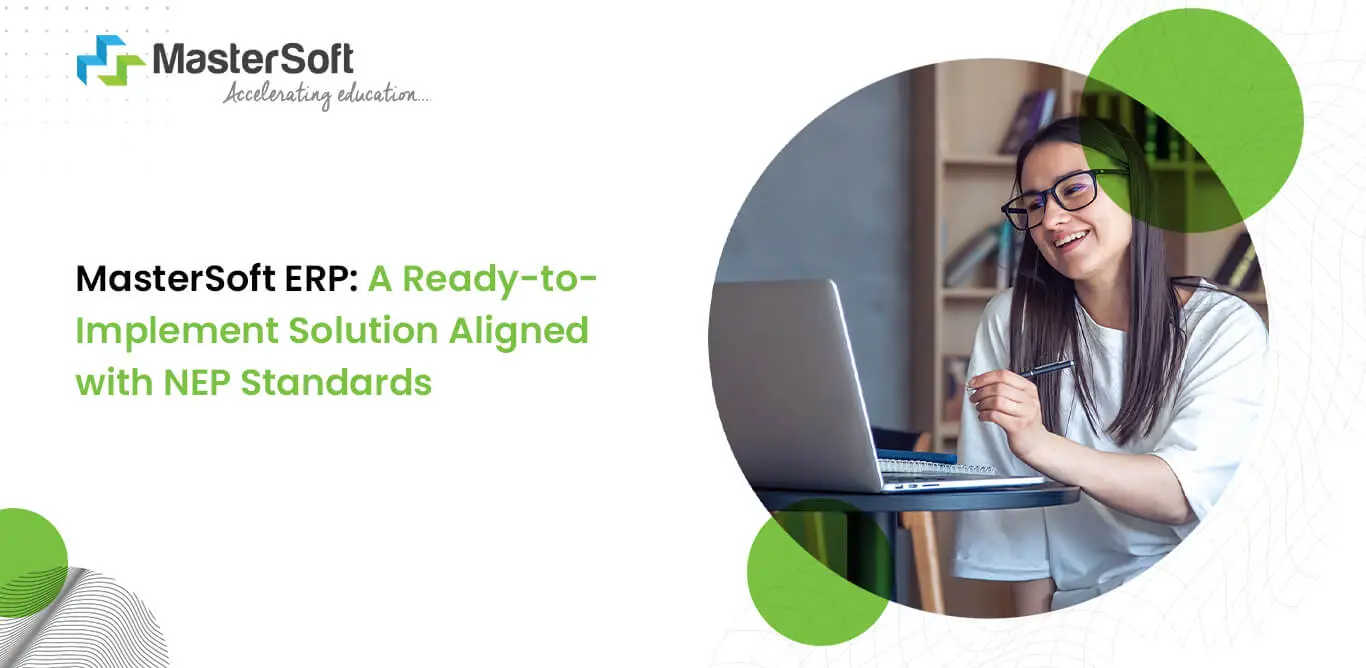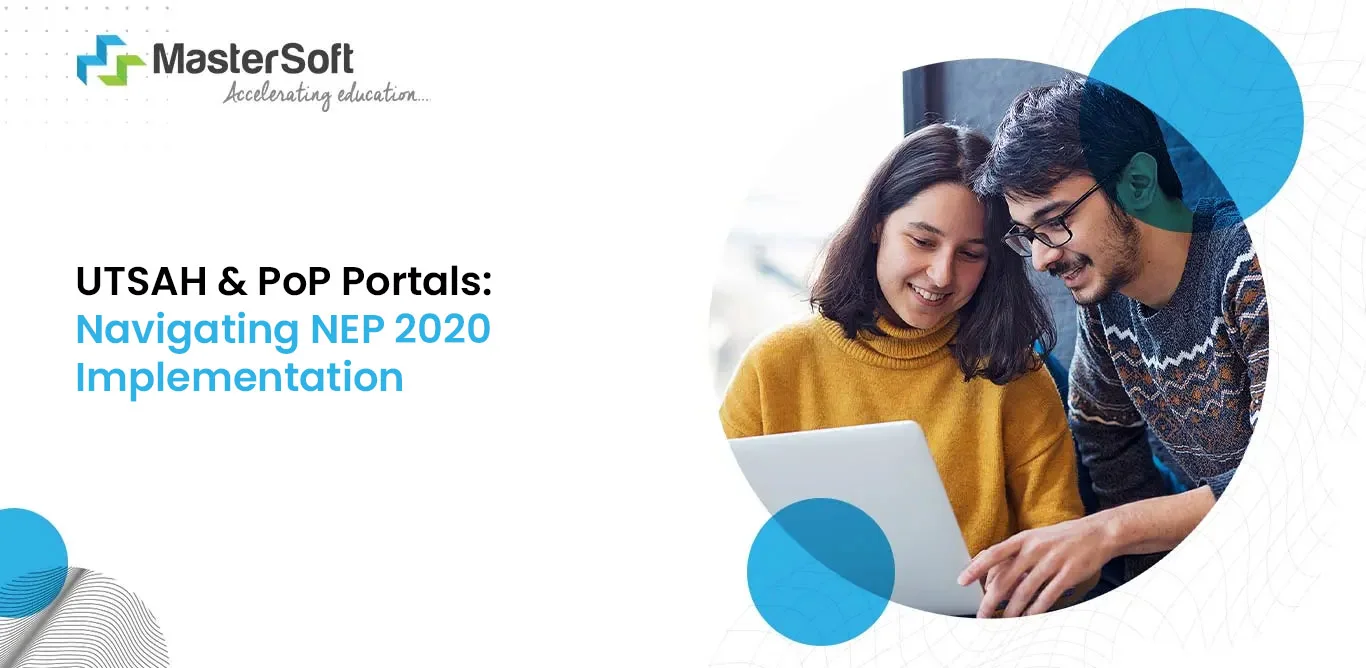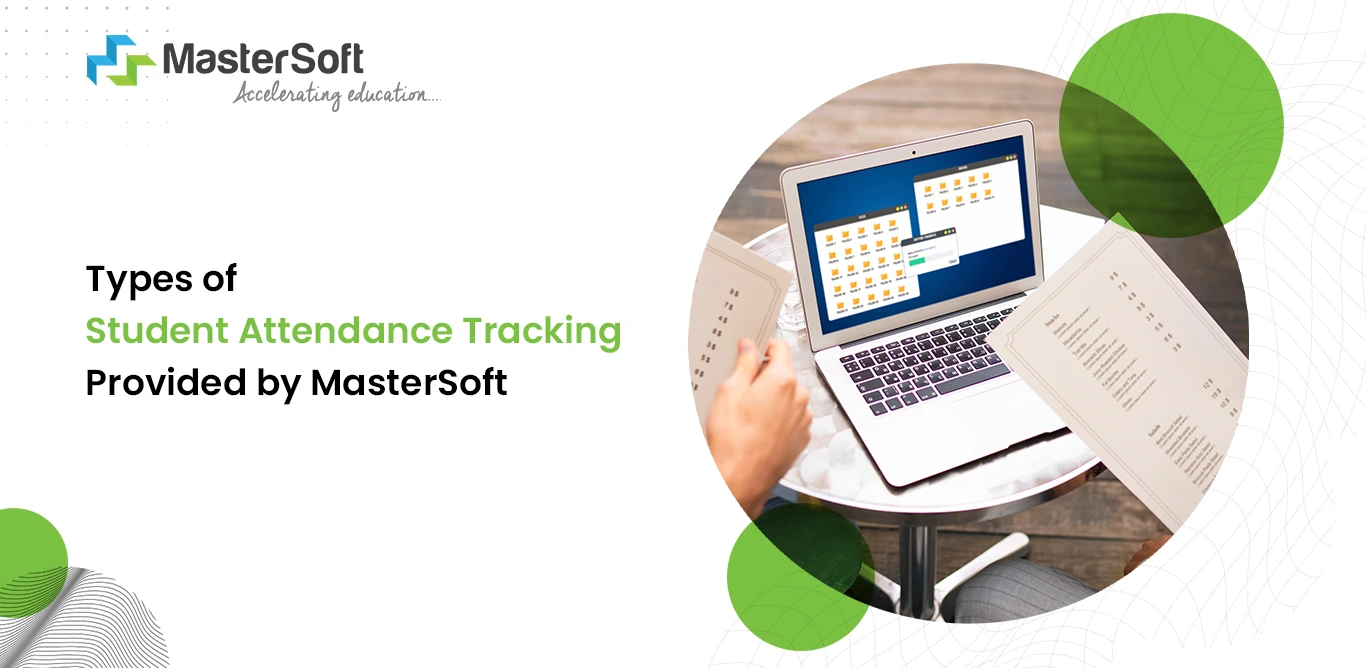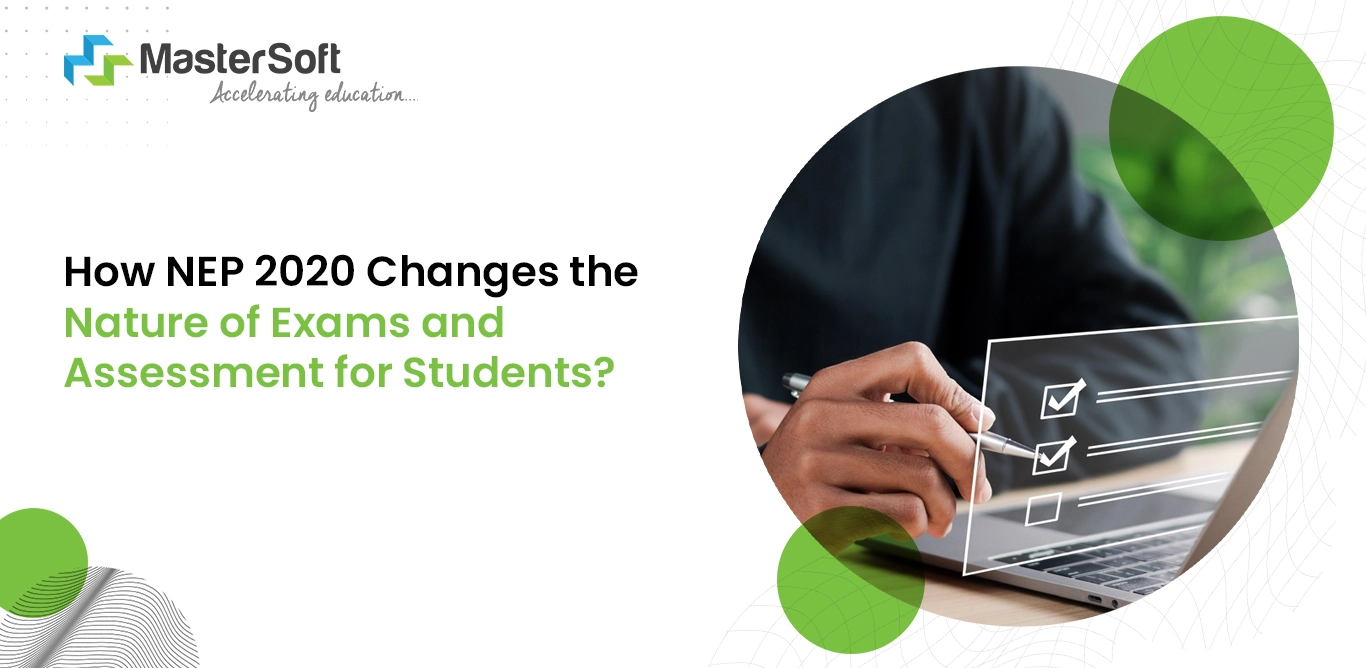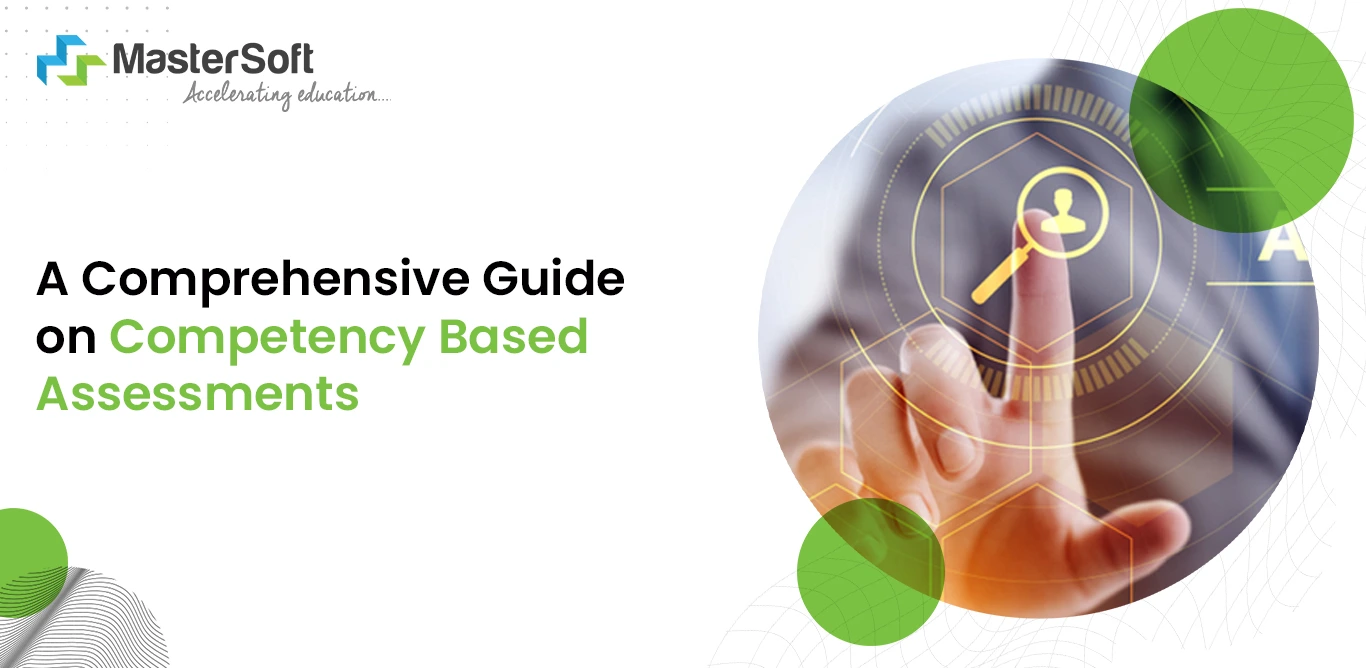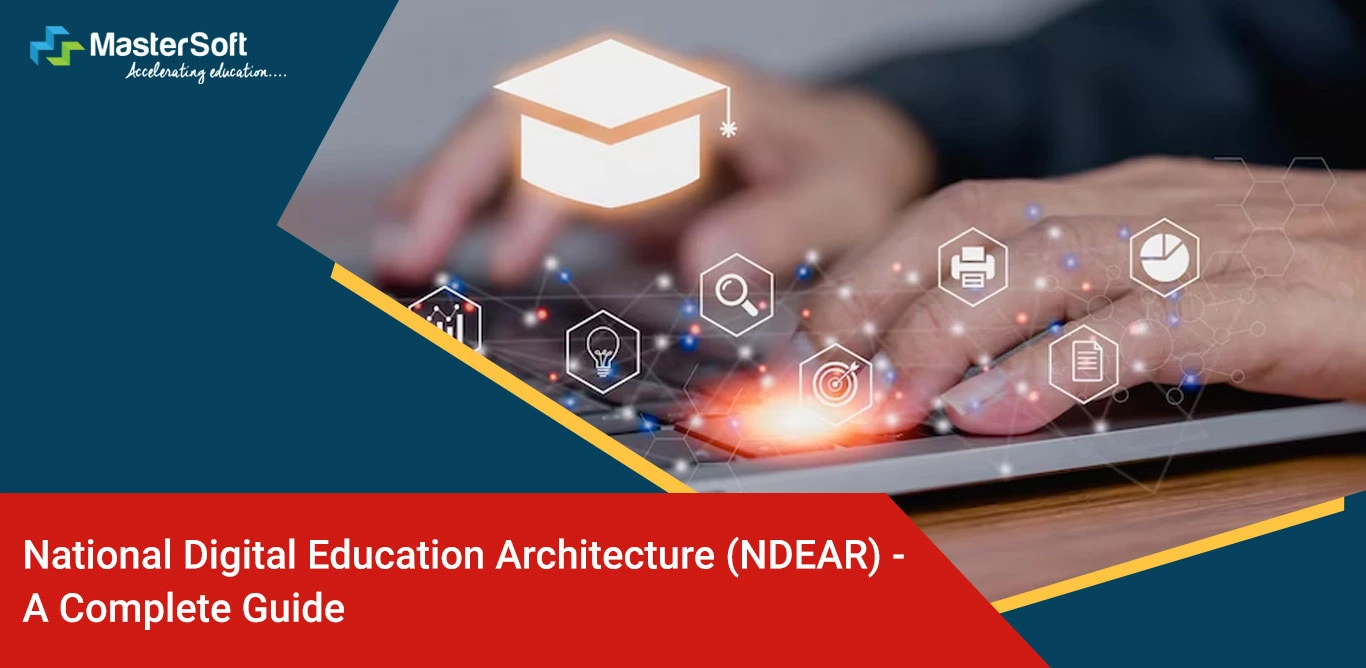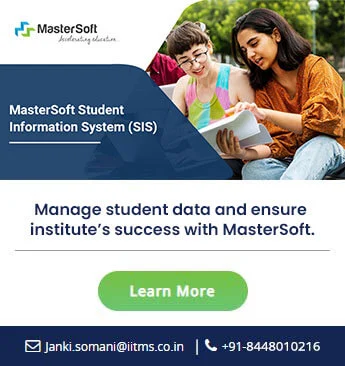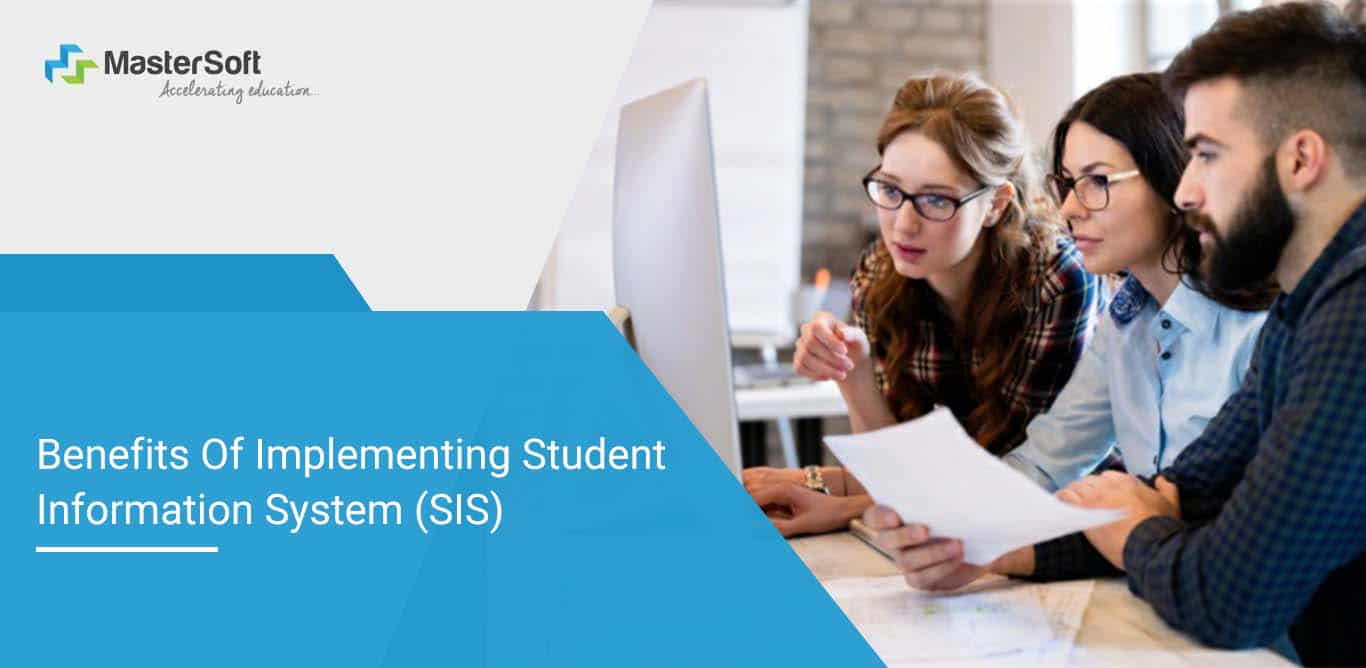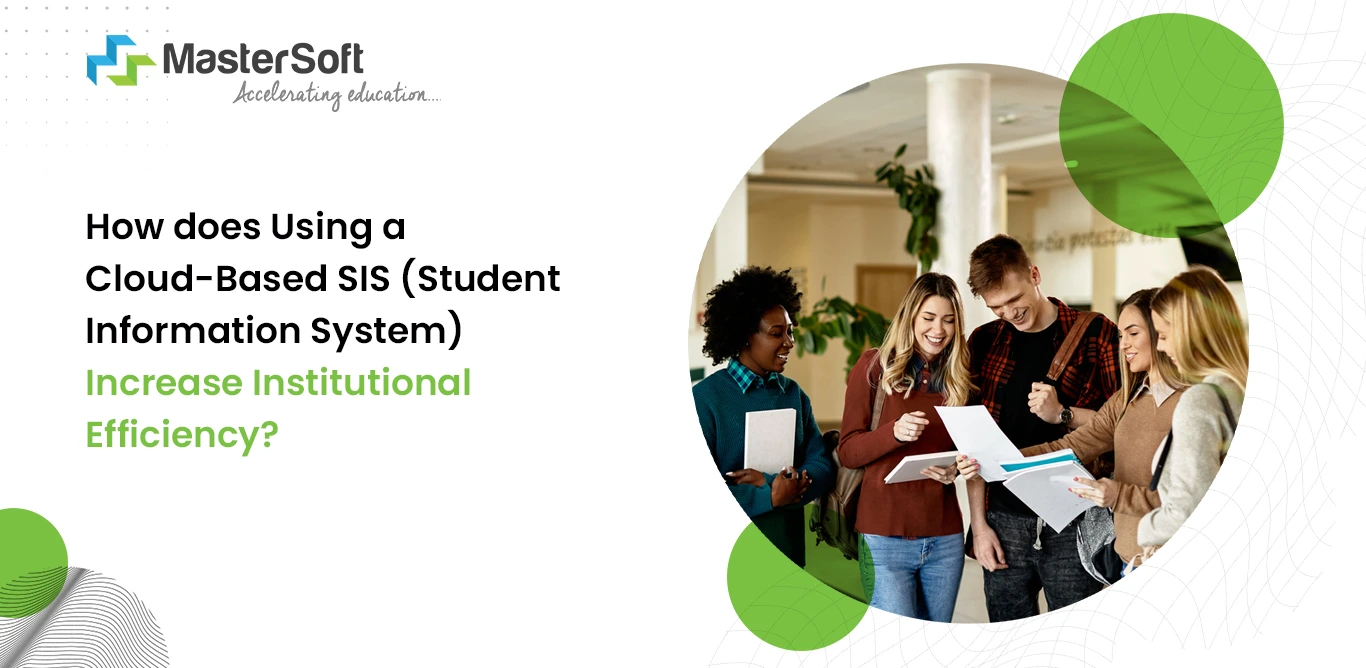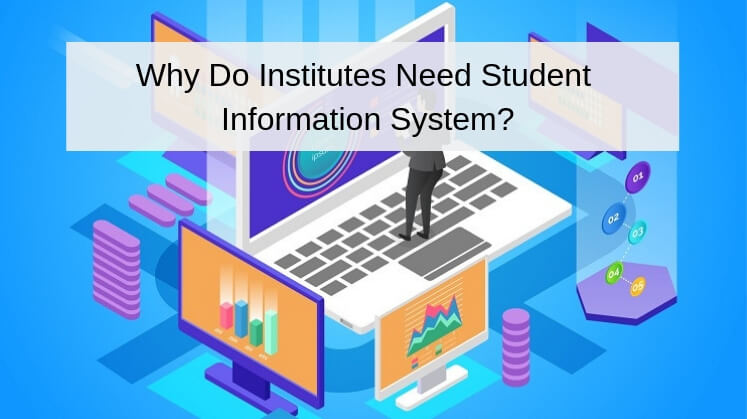07, August 2023
Student academic management system plays a key role in modern educational institutions. There is a growing need for effective management of student academic records and information to improve student data management.
Traditional methods of record-keeping, such as paper-based systems, are time-consuming, cumbersome, and prone to errors. However, with the advent of technology, educational institutions now have the opportunity to streamline their academic processes through a Student Academic Management System.
What is a Student Academic Management System?
A Student Academic Management System, also known as a Student Information System (SIS) or Student Management System (SMS), is a software application designed to manage and organise various aspects of student data within an educational institution. It serves as a centralised platform that integrates and automates processes related to student admissions, enrollment, attendance, online assessments, grades, scheduling, and more.
Furthermore, The National Education Policy (NEP) emphasises the integration of technology and digital infrastructure. In line with the objectives of the student management system, the NEP advocates for the implementation of advanced educational technologies to centralise student data, digitise administrative processes, and foster online learning environments.
10 Great Benefits of Implementing Student Information System (SIS)
The Significance of Student Academic Management Systems:
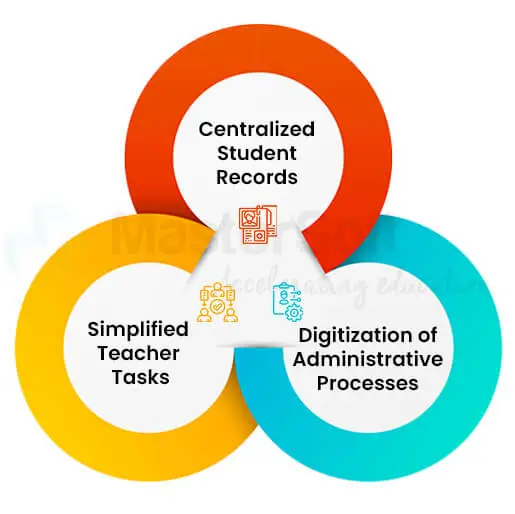
Centralised Student Records:
Imagine managing individual student records for a large institution manually. It would be a time-consuming and error-prone process. Student academic management systems solve this problem by providing a centralised portal for storing and accessing student records. This streamlines data management and retrieval, enabling quick and efficient access to essential information.
Digitization of Administrative Processes:
In addition to managing student records, academic management systems also digitise various administrative processes within educational institutions. This includes tasks such as document processing, storage, and transfer. By using this software, institutions can automate and streamline administrative workflows, saving time and effort.
Simplified Teacher Tasks:
Academic management systems are designed to support teachers in their day-to-day tasks. These software provide tools for grade management, lesson planning, and communication with students. By using a single platform, teachers can manage multiple tasks effectively, reducing administrative burdens and allowing them to focus more on teaching and student engagement.
Prominent Features of a Student Academic Management System:
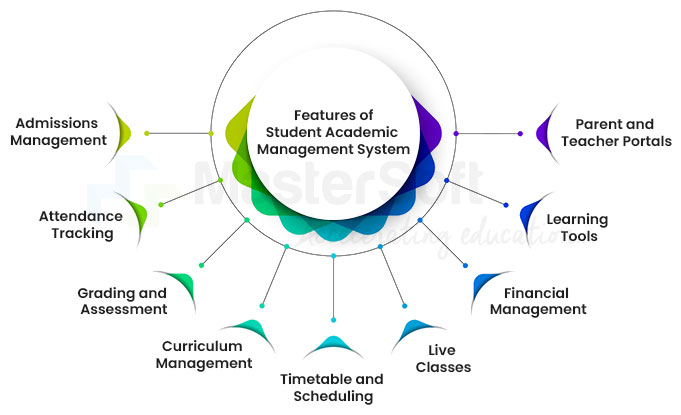
Admissions Management:
Simplify and automate the admissions process by capturing student information, managing application forms, conducting entrance exams & aptitude tests, and generating admission letters.
Attendance Tracking:
Monitor student attendance automatically through barcode scanners, biometric systems, or RFID technology. This feature helps identify patterns of irregular attendance and enables timely intervention.
Online Attendance Management System Software For Students
Student Profile Management:
Maintain detailed student profiles, including personal details, contact information, attendance records, academic history, disciplinary records, and health information. The student profile provides a consolidated view of a student's academic journey, facilitating quick information retrieval.
Grading and Assessment:
Streamline the grading process by allowing teachers to calculate grades, enter marks, and generate report cards. It also facilitates automated generation of progress reports and transcripts.
Course and Curriculum Management:
Create and manage course catalogues, define curriculum patterns, assign subjects to classes, and track course progress. This feature helps in effective planning and allocation of resources.
Parent and Teacher Portals:
Provide parents and teachers with secure access to the system, allowing them to monitor student progress, communicate with each other, and access important announcements and resources.
Timetable and Scheduling:
Create and manage class schedules, teacher timetables, and exam timetables. This feature ensures optimal usage of resources and minimises scheduling conflicts.
Live Classes:
As remote learning becomes increasingly common, student academic management systems can be integrated with LMS to incorporate features like live classes or virtual classrooms. These platforms provide a standardised learning environment for students, providing tools such as whiteboards, screen sharing, and interactive features.
Financial Management:
Handle fee collection, generate invoices, track payments, and maintain financial records. This feature simplifies financial operations and improves transparency.
Learning Tools:
These tools include online assignment submission platforms, online exams with automated evaluation, and content centres for storing and sharing learning materials. Such features promote seamless communication between teachers and students and create a more engaging and efficient learning environment.
Benefits of Implementing a Student Academic Management System:
1. Enhanced Efficiency:
A well-implemented student management system improves administrative efficiency by automating routine tasks such as data entry, report generation, and scheduling. This enables staff members to allocate more time towards strategic decision-making and providing personalised support to students.
2. Streamlined Communication:
Communication between students, parents, teachers, and administrators is crucial for an efficient academic environment. A student management system provides a platform for seamless communication through features like notification alerts, messaging systems, chat boxes, and shared calendars.
3. Improved Data Accuracy:
Manual record-keeping systems are prone to mistakes, leading to inaccuracies in student information. By implementing a student information system, data integrity is ensured through standardised data entry, automated calculations, and validation checks.
4. Data Analytics and Reporting:
It further allows educational institutions to generate comprehensive reports and perform data analysis. This enables administrators and instructors to identify trends, monitor student performance, and make data-driven decisions to improve the overall quality of education.
5. Enhanced Collaboration:
With a centralised system, teachers can collaborate more effectively by sharing assignments, lesson plans, and resources. Students can also engage in group discussions, submit assignments online, and receive timely feedback from their teachers.
Considerations for Implementing a Student Academic Management System:
Needs Assessment:
Identify the specific requirements of your institution, such as the number of students, types of courses offered, and administrative processes that need automation. Conduct thorough research to choose a system that aligns with your institution's needs.
ERP Vendor Selection:
Evaluate different ERP solution providers based on their experience, reputation, support services, and compatibility with your institution's existing infrastructure. Request demonstrations of SIS and speak with references to ensure a reliable and suitable solution. MasterSoft is one such key provider which offers tailored ERP solutions as per institution requirements.
Training and Support:
Ensure that the chosen student information system vendor provides comprehensive training and 24x7 ongoing support to the users. This will help users adapt to the new system and maximise its potential.
National Education Policy 2020: All You Need To Know About NEP 2020 For Schools
Data Security and Privacy:
Consider the security measures implemented by the vendor to protect sensitive student data. Ensure compliance with data protection regulations and establish protocols to safeguard information.
Scalability:
Choose a system that can accommodate future growth and scalability of your institution. Consider the ability to integrate with other systems or modules to meet future needs.
Final Thoughts,
Implementing a Student Academic Management System can revolutionise the way educational institutions manage student information, streamline administrative processes, and enhance the overall learning experience. Embracing technology and adopting a SIS can lead to improved efficiency and data accuracy.
Implementing a comprehensive student management system can lead to better decision-making, improved organisational effectiveness, and enhanced learning outcomes for both students and institutions.
Manage student data and ensure institute’s success with MasterSoft.
Mobile: 08448010216
Email:info@mastersofterp.com

